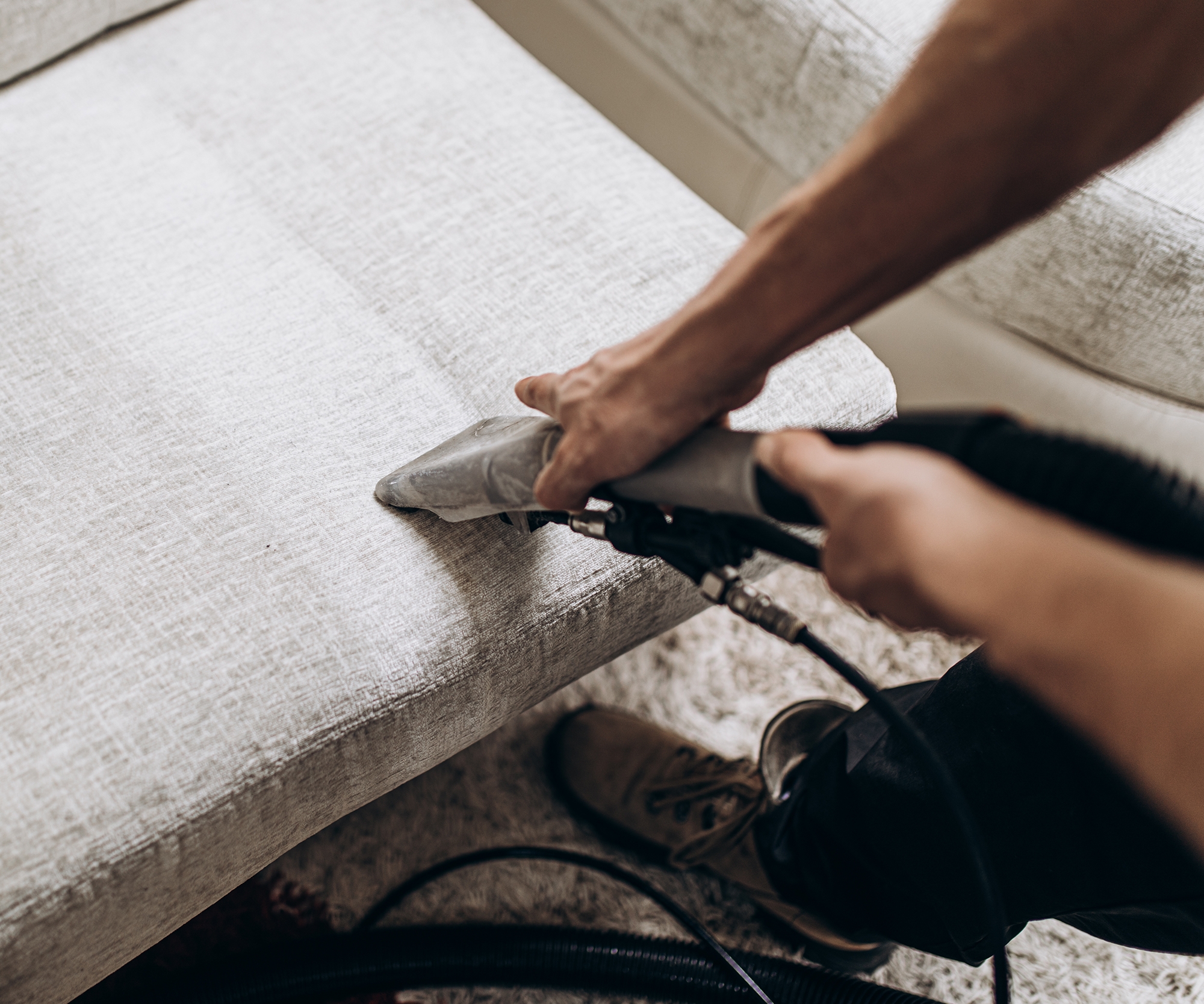Textiles Transformation: Novel Methods for Furniture Cleaning

The cleaning of upholstery is often a disregarded aspect of home maintenance, yet it plays a vital role in preserving a clean and welcoming living environment. From couches to chairs, the materials we choose for our furnishings can accumulate dust, allergens, and stains over time. With innovative techniques emerging in the cleaning industry, homeowners now have access to a plethora of knowledge and solutions that can revitalize their upholstery and prolong the life of their furniture.
In this thorough guide, we will explore various aspects of upholstery cleaning, enabling you with the resources and insights to tackle any task. Whether you're dealing with common stains, curious about hired help, or eager to explore DIY methods, we’ve got you assisted. By knowing how often to clean your upholstery, the benefits of expert assistance, and effective techniques to remove stubborn stains, you can ensure your home remains clean for years to come.
Critical Couch Maintenance Methods
When it comes to upholstery cleaning, mastering the right techniques can make all the improvement in maintaining the appearance and longevity of your pieces. One efficient method is regular vacuuming, which helps to removing dust, dirt, and allergens trapped in the fabric. Using a vacuum with a brush attachment gently extracts debris without damaging the fibers. Strive for a thorough vacuuming at least weekly, concentrating on crevices and seams where dirt tends to gather.
Targeted cleaning is another essential technique for addressing stains promptly before they set. Diverse fabrics require specific cleaning solutions, so it is important to test any cleaner on a discreet area first. For couch cleaning service like coffee or juice, blotting with a clean cloth and using a mild soap solution can be helpful. Conversely, for oily stains, a specialized solvent may be necessary. Be sure to avoid scrape, as it can spread the stain and harm the fabric.
For deeper cleaning, professionals often advise steam cleaning as an option. This technique uses hot steam to soak into fibers, detaching dirt and grime while disinfecting the surface. It is notably helpful for upholstery that is not easily cleaned with standard methods. However, it's crucial to be mindful of the fabric type, as some materials may not react well to steam. Understanding your unique upholstery fabric is key to determining the most effective cleaning technique.
Typical Spots and The Solutions
Upholstery is vulnerable to a variety of stains, and understanding how to handle them can protect your furniture. One of the most common culprits is spilled red wine. For efficient extraction, immediately pat the spot with a clean cloth to absorb as much wine as possible. Then, create a mix of one part dish soap combined with 2 parts hydrogen peroxide, put it to the mark, and gently scrub with a soft tool. Wash with cold water and blot dry.

Another frequent mark comes from edibles, especially sauces or oils. Begin by scraping off any solid particles while not rubbing it into the material. Then, dust baking soda on the mark to absorb fat, allowing it sit for a few minutes before cleaning up. Follow up, use a mixture of distilled white vinegar and water. Pat the area gently with a cloth until the mark disappears, then rinse and dry as necessary.
For ink stains, which can be particularly challenging, using rubbing alcohol can be helpful. Soak a cotton ball in rubbing alcohol and test it on an inconspicuous area initially. If safe, apply it to the ink stain carefully, using a clean cloth to keep blotting until the stain is removed. Then, clean the area with a mixture of water and mild soap, then rinse and pat dry. Knowing these solutions can enable you to address marks quickly and efficiently.
Specialized vs. DIY Upholstery Cleaning
When it comes to upholstery care, individuals often face the decision between expert assistance and DIY approaches. Professional upholstery cleaning offers several benefits, including the use of advanced tools and specialized cleaning solutions. Trained professionals understand the intricacies of different fabrics and marks, ensuring a deep clean that can enhance the life of your furniture. Moreover, experts can efficiently handle tough stains and smells, providing a level of hygiene that is hard to achieve with DIY approaches.
On the other side, DIY upholstery cleaning can be a cost-effective choice for those who are on a budget or prefer to maintain their own upholstery. There are numerous online resources and products that can assist that can help with basic cleaning tasks. Simple mixtures, like diluted vinegar or sodium bicarbonate, can effectively combat minor blemishes and scents. However, it is essential to be careful, as improper cleaning methods can damage the fabric or worsen stains further, making the problem worse.
Ultimately, the decision between expert and DIY care depends on the specific needs of your pieces. For periodic maintenance and light cleaning, DIY methods may suffice. However, for deep cleaning, particularly in households with pets or allergy considerations, investing in specialized upholstery cleaning can provide better results. Weighing cost with the desired result is key to deciding the optimal approach for your upholstery cleaning.
